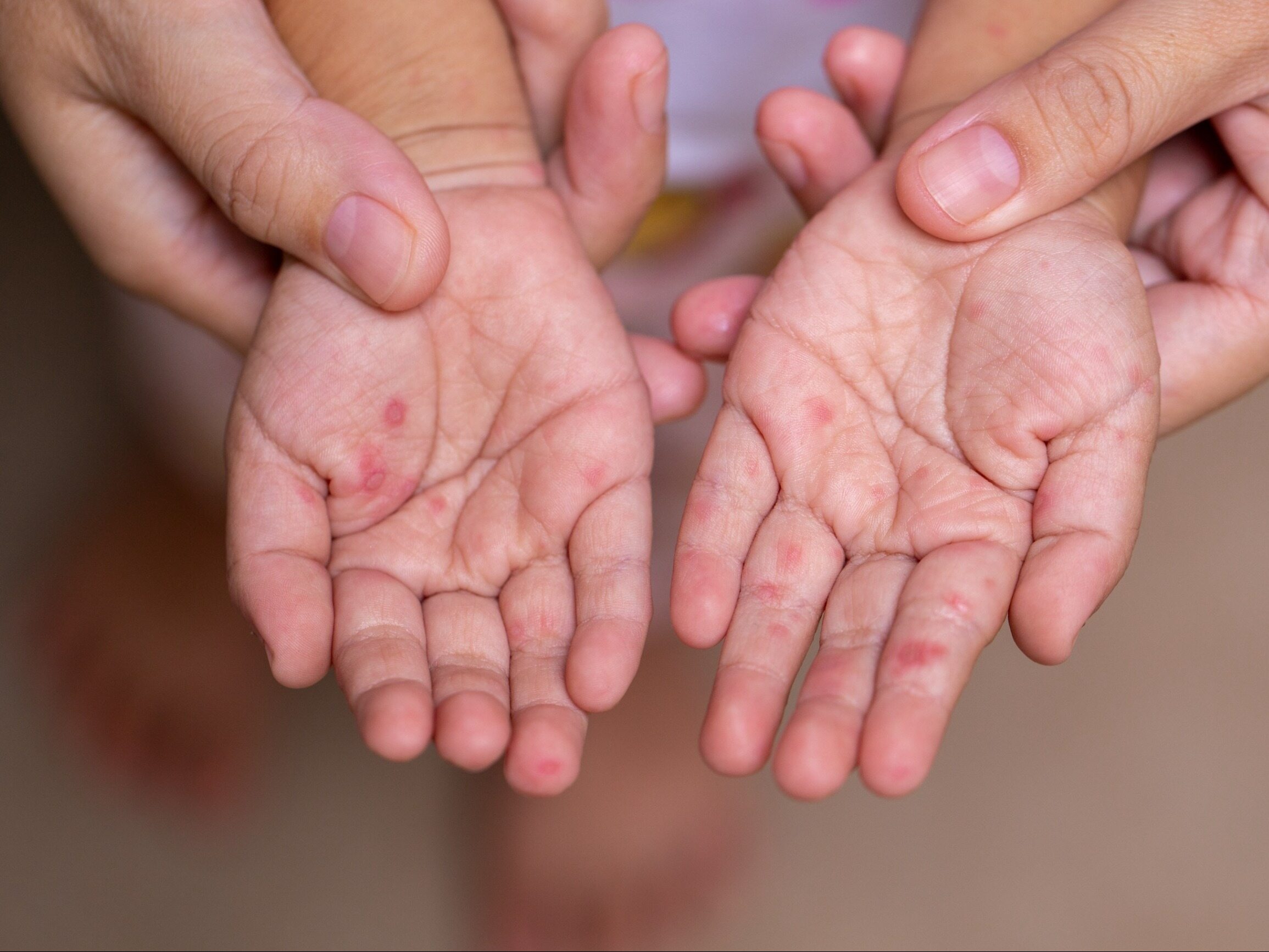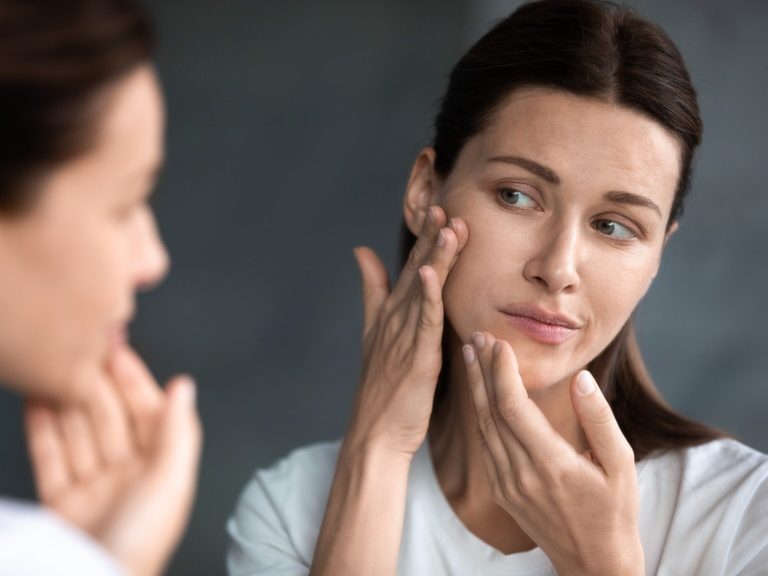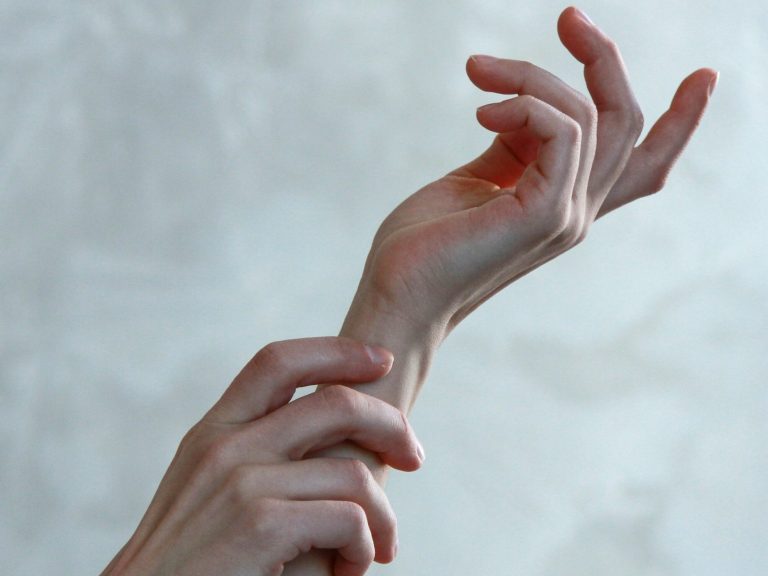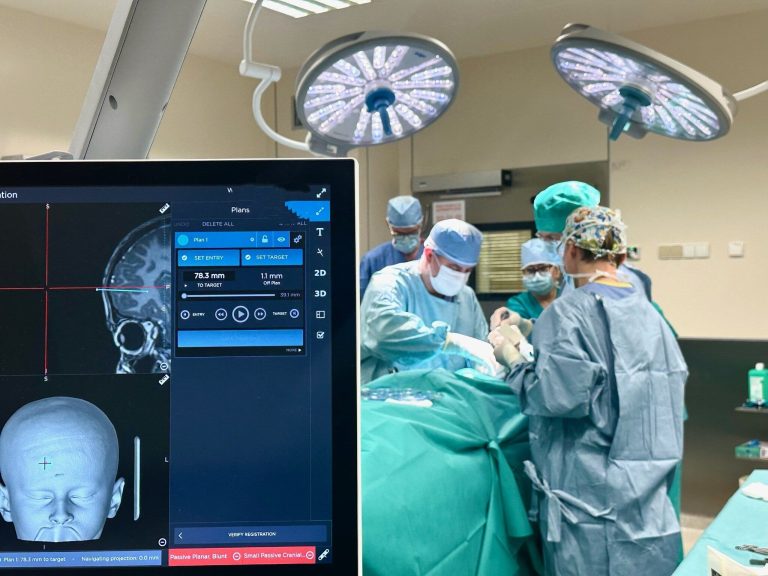Boston’s disease – symptoms in children and adults, treatment

Boston flu is a viral infectious disease caused by various enteroviruses. Most often, the symptoms of Boston disease are associated with infection with Coxsackie viruses A5, A9, A10, A16, B1, B3 and enterovirus 71. Boston disease is usually diagnosed in children under 10 years of age. Is a rash the only symptom of Boston’s disease? How does infection occur and does hand, foot and mouth disease cause complications? We explain.
- Bostonka – basic information about hand, foot and mouth disease (HFMS)
- What virus causes Boston disease (HFMS)?
- Bostonka – the beginnings of the disease
- Boston disease – routes of infection
- Bostonka – symptoms in children and adults
- A characteristic symptom of Boston: rash
- Boston’s disease in adults and children – how many times can you get it?
- Boston woman – treatment
- Complications after Boston surgery
- Bostonka – prevention
The name “Bostonka” is not a medical name – it is commonly used in everyday language and refers to the epidemic of this disease in Boston. The correct name is hand, foot, and mouth syndrome (HFMS). The so-called bostonka is a viral disease that belongs to the group of so-called diseases of dirty hands. Children of preschool and school age are primarily at risk of infection. In most cases, specialist treatment for Boston’s disease is not needed – the symptoms of the disease disappear spontaneously. It is worth learning more about the causes and ways of alleviating the symptoms of Boston’s disease.
Bostonka – basic information about hand, foot and mouth disease (HFMS)
Boston flu is a very contagious viral disease. Its symptoms appear primarily in children who attend nurseries and kindergartens. Boston disease spreads quickly in large crowds. Sick children can infect adults around them, especially if hygiene rules are not followed when caring for them.
The cause of the development of Boston’s disease is infection with enteroviruses – mainly Coxsackie virus and enterovirus 71. Hand, foot and mouth disease causes troublesome symptoms, which include, among others: characteristic rash. Symptoms of Boston’s disease include not only skin eruptions, but also symptoms of the mouth, throat and digestive system, increased body temperature and general malaise. In some cases, Boston complications may occur, including: dehydration associated with sore throat and lesions in the oral cavity (the child does not want to drink fluids due to pain in the mouth), as well as bacterial superinfections in the skin lesions.
Bostonka in children and Bostonka in adults cause similar symptoms. In both cases, the disease usually has a mild but very troublesome course. Boston’s symptoms are an indication to isolate a sick child or adult from healthy people. It is extremely irresponsible to send sick children to nurseries, schools and kindergartens, or to work despite the symptoms of the disease. Unfortunately, it sometimes happens that the first symptoms of Boston’s disease and other infections that begin with cold-like symptoms are underestimated, which favors the spread of pathogenic microorganisms.
Boston’s symptoms should always prompt a visit to your primary care physician. During illness, even if it is mild, you must stay at home.
What virus causes Boston disease (HFMS)?
Boston disease is caused by enteroviruses – RNA viruses from the Picornaviridae family.
There are various serotypes (subtypes) of enteroviruses. More than 100 viruses from this family, differing in their antigenic structure, have been described so far. Enteroviruses are characterized by very rapid spread in crowds of people. Enterovirus infection most often causes gastrointestinal symptoms of varying severity (e.g. abdominal pain, nausea, vomiting), as well as skin lesions in the form of rash. Although in most cases enterovirus infections are mild, sometimes serious infections occur, including: for newborns, infants, pregnant women, as well as people with weakened immunity, complications including meningitis (enteroviruses are the most common cause of aseptic meningitis). Other complications of enterovirus infection include: some infections can lead to myocarditis and hepatitis.
Bostonka – the beginnings of the disease
Before the characteristic symptoms of enterovirus infection appear, fever appears, which usually disappears within 2-3 days; Flu-like symptoms may also occur, including bone and joint pain, headache and gastrointestinal symptoms.
The non-specific onset of the disease means that Boston’s disease is sometimes confused with seasonal respiratory infections, e.g. colds. At the beginning of the disease, general symptoms predominate, i.e. weakness, fatigue, general malaise. Until symptoms of a rash (rash) appear, you may suspect that children or adults are developing a cold.
Boston disease – routes of infection
Boston disease is spread by droplet and fecal-oral routes. Boston disease can be infected by direct contact with an infected person (contact with secretions from the nose and mouth), contact with contaminated objects and surfaces on which pathogenic viruses are found, as well as by consuming contaminated water and food. Contact with the secretions of a sick person is the most common cause of contracting Boston disease, but you can also get sick as a result of contact with the excretions of a sick person (the Boston virus is removed from the body along with the feces) and after consuming food or water contaminated with feces.
Boston’s disease is very often transmitted through the hands. Infection is caused by failure to follow hygiene rules when using the toilet, sharing towels, and other objects, e.g. toys, which may contain excretions and secretions of a sick person. The hatching period of the Boston moth is on average 3-6 days.
A sick person is infectious with secretions from the respiratory tract for up to 30 days from the moment of infection. Infection occurs via the fecal-oral route for up to 6 weeks – the active Boston virus (capable of causing disease symptoms) is excreted from the body along with the feces. Boston disease is most often diagnosed in the summer and early autumn.
Bostonka – symptoms in children and adults
As already mentioned, Boston grass causes flu-like symptoms and symptoms of the digestive system, which may be accompanied by symptoms of acute pharyngitis (sore throat, problems with swallowing, severe redness of the throat mucosa).
The first symptoms of Boston flu resemble those of a cold. After the virus enters the body, you feel worse, tired and weak, accompanied by, among others:
-
increased body temperature (usually moderate fever),
-
headaches,
-
loss of appetite,
-
sore throat,
-
bone and joint pain,
-
fatigue.
The disease also involves symptoms of the digestive system, such as abdominal pain, diarrhea, nausea and vomiting.
A characteristic symptom of Boston: rash
After about 2-3 days of flu-like symptoms, characteristic lesions appear on the mucous membrane of the throat and mouth, as well as on the skin of the hands and feet. In some cases, skin lesions also occur in the genital area.
Skin eruptions take the form of erythematous lesions, vesicles and bullae, which burst and form painful ulcerations and erosions. The skin lesions are not accompanied by itching, but swelling of the skin and mucous membranes may occur. Bacterial infection may develop within the lesions and blisters that form erosions. During the course of the disease, it is very important to take care of skin hygiene and avoid touching the lesions with dirty hands. Frequent hand washing is recommended, both by sick people and people around them.
In most cases, Boston disease causes mild symptoms of infection, but it may happen that, for example, the lesions on the mucous membrane will be extremely numerous and very painful. In the case of children who refuse to eat or drink due to a sore throat and mouth, dehydration and significant weakness may occur in a short time. Boston’s symptoms disappear within 7-21 days.
Boston’s disease in adults and children – how many times can you get it?
Having Boston’s disease does not provide lasting immunity. The disease is caused by various viruses, which means that after infection with a specific strain of microorganism, immunity is produced only to that virus. Theoretically, Boston can be infected many times, but in practice, multiple infections are rare.
Boston woman – treatment
Boston disease does not require special treatment – in the course of Boston disease, symptomatic treatment is used, which involves alleviating the symptoms of the disease. In children and adults, painkillers and antipyretics are used to combat bothersome symptoms. An important element of Boston’s treatment is the use of a nutritious, easily digestible diet and hydration of the body.
Painful ulcers of the mucous membrane of the mouth and throat that make it difficult to eat solid food may require periodic use of a semi-liquid or liquid diet, the menu of which includes, among others: blended soups. Since contact of the diseased mucous membrane with acids present, e.g. in fruit, increases the intensity of pain, it is recommended to limit the consumption of foods and drinks that cause additional irritation of the mucous membrane.
If bacterial superinfection occurs in skin lesions, it may be necessary to use local antibiotics and disinfectant and anti-inflammatory preparations.
Complications after Boston surgery
Complications of Boston surgery are very rare. These include the previously mentioned dehydration, nutrient deficiency, as well as bacterial superinfection of bursting blisters on the skin and mucous membranes.
Serious complications of Boston are primarily a threat to pregnant women, especially women in the first trimester of pregnancy – the infection increases the risk of miscarriage, may cause premature delivery, as well as congenital defects and myocarditis in the fetus.
Boston can also cause complications, including: in the youngest patients, people with weakened immunity and seniors suffering from comorbidities, for whom each infection poses a serious burden to the body.
Bostonka – prevention
Prevention of Boston infection includes frequent hand washing and compliance with basic hygiene rules, including: after using the toilet in public places, avoiding contact with people showing symptoms of the disease, and keeping surfaces and objects that may be a source of infection clean.
To reduce the risk of infection, it is necessary to avoid sharing towels and drinking from the same bottle.
Particular attention to maintaining hygienic cleanliness, including: sanitary facilities and room equipment should be returned by people responsible for cleanliness in nurseries, kindergartens and schools, where infections most often occur. All surfaces and, for example, toys with which children come into contact should be thoroughly cleaned. Since infection can also occur via the fecal-oral route (after consuming water and food contaminated with feces), fruit and vegetables that may have had contact with contaminated soil or water should be thoroughly washed, and avoid drinking water, e.g. from streams.
It is not always possible to avoid infection with Boston disease – most infections occur through droplets; an infected person is contagious before symptoms of the disease appear. Sick people should avoid contact with, among others: with infants, pregnant women and seniors who are at increased risk of complications.
Sources:
-
M. Marczyńska, J. Popielska, Vesicular rashes in viral infections, Pediatrics after Diploma, 2, 2017.
-
Davidson, Internal diseases. Volume 2, Edra Urban & Partner Publishing House, 2020.
-
Virella G., Microbiology and infectious diseases, Urban & Partner Medical Publishing House, Wrocław, 2002






